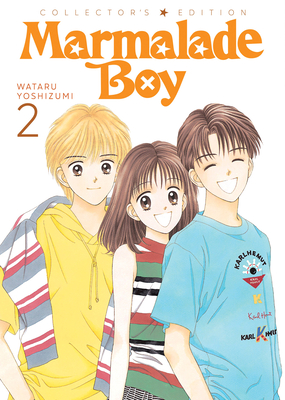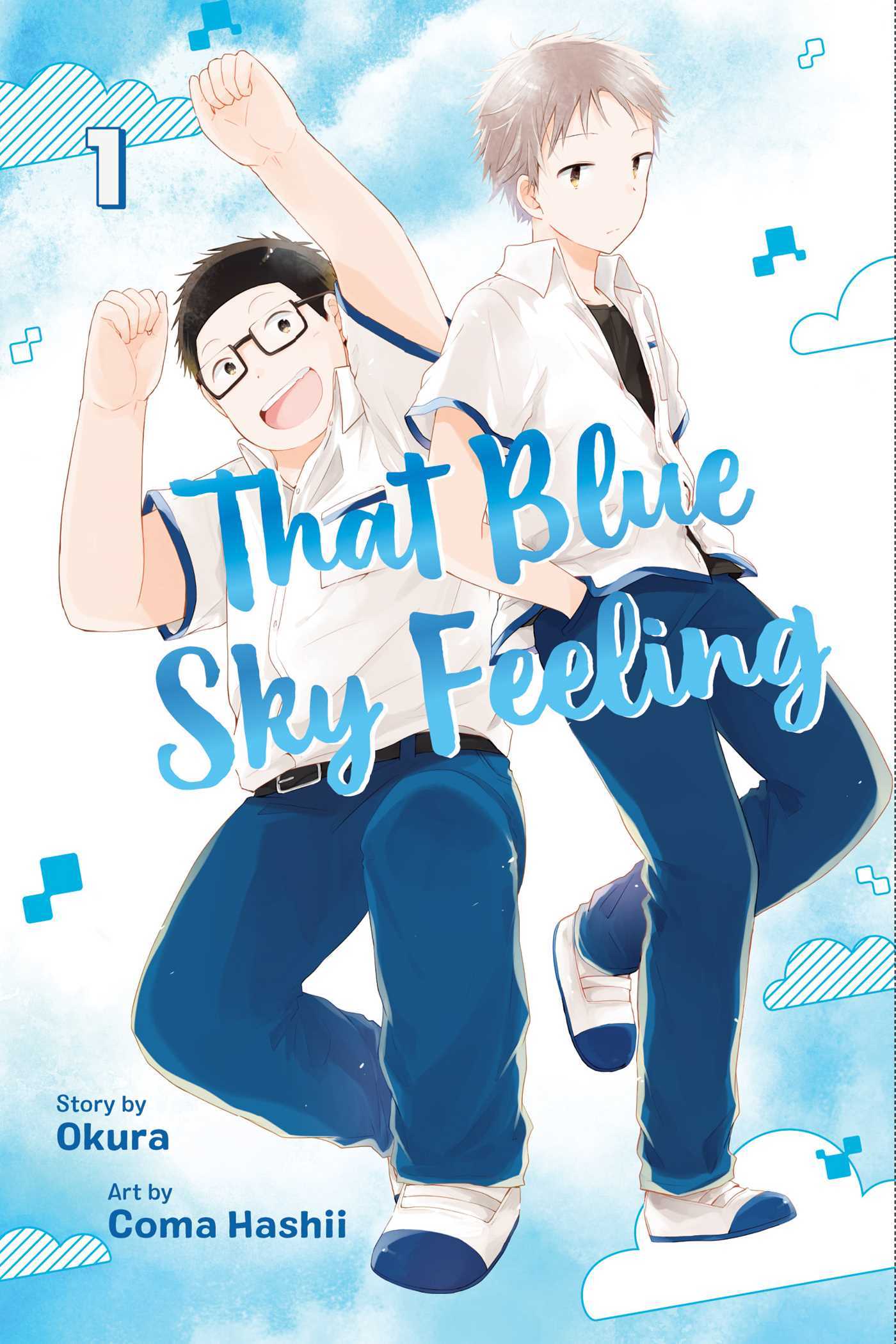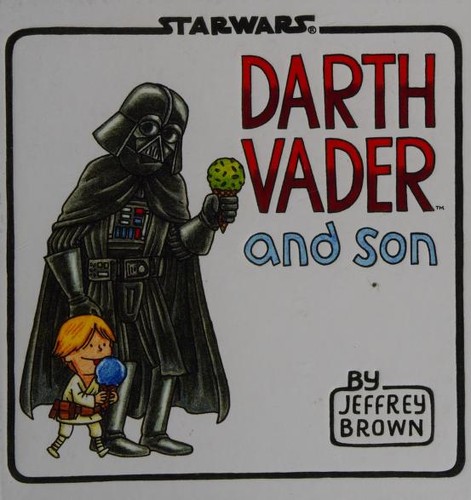I feel like the fun police but this book only rubs me the wrong way more with time.
User Profile
An avid audiobook and comics reader with few IRL outlets for what has become a very special interest.
This link opens in a pop-up window
Literally Graphic's books
User Activity
RSS feed Back
Literally Graphic finished reading Holler by Denali Sai Nalamalapu

Holler by Denali Sai Nalamalapu
A debut graphic memoir—and living history of climate justice—based on the stories of six frontline resisters to the Mountain Valley …
Literally Graphic finished reading Marmalade Boy by Wataru Yoshizumi (Marmalade Boy: Collector's Edition, #4)

Marmalade Boy by Wataru Yoshizumi (Marmalade Boy: Collector's Edition, #4)
EMOTIONAL ROLLERCOASTER
Miki is ecstatic over her plans to take a trip with Yuu! In order to save up …
Literally Graphic finished reading Marmalade Boy by Wataru Yoshizumi (Marmalade Boy: Collector's Edition, #5)

Marmalade Boy by Wataru Yoshizumi (Marmalade Boy: Collector's Edition, #5)
A PERFECT STORM
Miki is blissfully enjoying life with Yuu, but stormy days are on the horizon. When Chiyako-san’s …
Literally Graphic finished reading Marmalade Boy: Collector's Edition Vol. 2 by Wataru Yoshizumi (Marmalade Boy: Collector's Edition, #2)

Marmalade Boy: Collector's Edition Vol. 2 by Wataru Yoshizumi (Marmalade Boy: Collector's Edition, #2)
Ginta and Yuu are in the middle of their tennis match, but it's not going so well for them. Ginta …
Literally Graphic finished reading Spent: A Comic Novel by Alison Bechdel

Spent: A Comic Novel by Alison Bechdel
In Alison Bechdel’s hilariously skewering and gloriously cast new comic novel confection, a cartoonist named Alison Bechdel, running a pygmy …
Literally Graphic finished reading First Test Graphic Novel : (a Graphic Novel) by Tamora Pierce

First Test Graphic Novel : (a Graphic Novel) by Tamora Pierce, Becca Farrow
This eagerly awaited graphic novel adaptation of the iconic fantasy novel, First Test, reimagines the classic knight’s tale, but with …
Literally Graphic finished reading The Complete Maus by Art Spiegelman

The Complete Maus by Art Spiegelman
On the occasion of the twenty-fifth anniversary of its first publication, here is the definitive edition of the book acclaimed …
Literally Graphic rated Traction Man is here!: 4 stars

Traction Man is here! by Mini Grey
Traction Man, a boy's courageous action figure, has a variety of adventures with Scrubbing Brush and other objects in the …
Literally Graphic finished reading Goodnight Darth Vader by Jeffrey Brown

Goodnight Darth Vader by Jeffrey Brown
"In this Episode, the Sith Lord must soothe his rambunctious twins, Luke and Leia, who are not ready to sleep …
Literally Graphic finished reading Darth Vader and son by Jeffrey Brown
Literally Graphic reviewed Vader's Little Princess by Jeffrey Brown (Star Wars: Darth Vader and Son, #2)
Literally Graphic rated That terrible Halloween night: 5 stars

That terrible Halloween night by James Stevenson
Grandpa tells Louie and Mary Ann of the dreadful Halloween night that turned him into an old man.
Literally Graphic finished reading Barefoot Gen Vol. 4: Out Of The Ashes by Keiji Nakazawa (Barefoot Gen: Out Of The Ashes)

Barefoot Gen Vol. 4: Out Of The Ashes by Keiji Nakazawa (Barefoot Gen: Out Of The Ashes)
In this graphic depiction of nuclear devastation, three survivors of the bombing of Hiroshima--Gen, his mother, and his baby sister--face …
Literally Graphic finished reading Barefoot Gen, Volume Three by Keiji Nakazawa (Barefoot Gen, #3)

Barefoot Gen, Volume Three by Keiji Nakazawa (Barefoot Gen, #3)
Japan, August 1945. Young Gen Nakaoka and his mother, Kimie, along with baby Tomoko, have left behind the desolation that …








